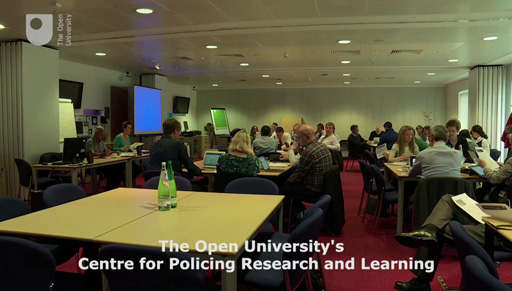2.3.1 Organisation development: combining continuous and transformational change
Some practitioners and academics have criticised the Lewin (1947) model for being too simplistic for modern organisations.
In many organisations, there may be multiple changes happening at the same time from different sources (and which sometimes cancel each other out). Dutton et al. (2001) say that often there is not a single change but rather a ‘cacophony’ of changes. This means that part of the role of a leader is to help others understand and pay attention to what are the most important changes and, as far as possible, how they fit together. In the midst of cacophony, where is the tune and what is the rhythm? In fact, understanding the bass-note phases of ‘unfreezing, moving and refreezing’ from Lewin’s work can still be valuable in interpreting, explaining and leading change when there is so much going on.
One way to deal with the complexity of change is to think of continuous but often transformational change as part of organisation development.
One long-standing definition of organisation development is that it is:
an effort which is planned, organisation-wide, managed from the top, to increase organisation effectiveness and health through planned interventions in the organisation’s ‘processes’
It has been suggested that organisation development is primarily concerned with the ability of an organisation to renew itself (i.e. its ability not just to adopt change where there is a crisis or external pressure). So there are strong elements of collecting data so as to understand how the organisation and its members and users are currently working, with the aim of using behavioural and improvement sciences to come up with new and creative organisational solutions. It involves an organisational learning approach to anticipating and understanding innovation and change. Organisation development is future-oriented, concerned with increasing abilities to handle change in the future. Leadership is central to fostering a climate of learning in an organisation – learning from past mistakes (rather than ‘shoving them under the carpet’ or creating a ritualistic ‘blame game’), and encouraging team members to be creative and to harvest ideas from other organisations that may help their own organisation to increase its effectiveness in the longer term.
Approaches to improvement and change
In the following video, you will hear an example of organisational improvement and change being implemented in policing. CC Francis Habgood of Thames Valley Police explains aspects of planned changes to organisational structures being led by the National Police Chiefs Council (NPCC).
This is a potentially transformational change to the organisation of policing, and CC Habgood explains the careful planning required and stakeholder involvement in that process. However, he also considers how ongoing learning and development work plays an important role in the way the change is led. This illustrates for us how leaders need to attend to technical and human aspects of a change in its planning and execution.


